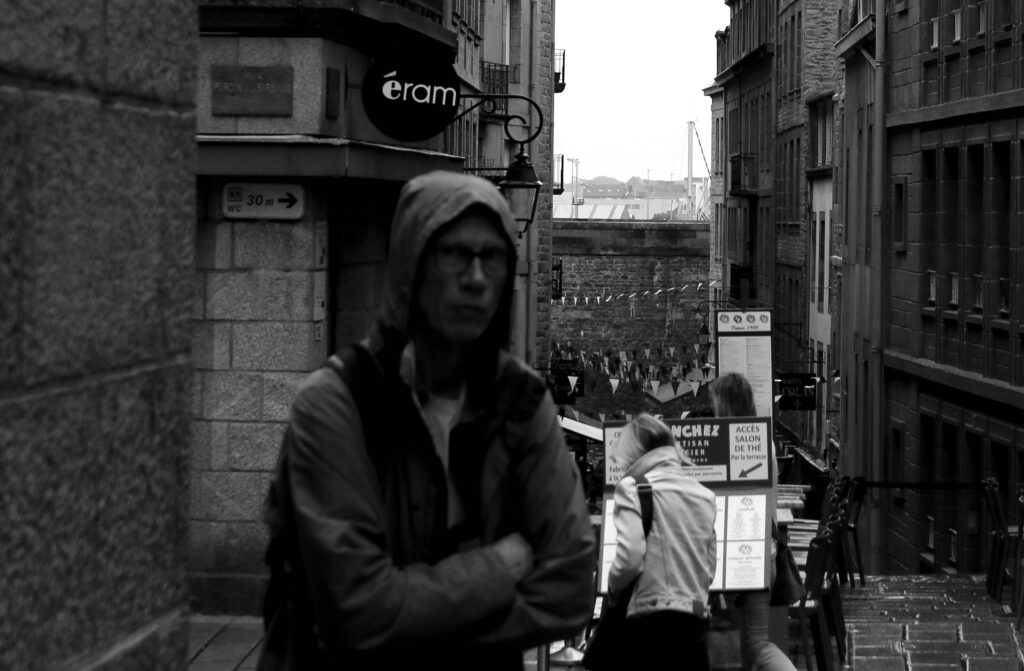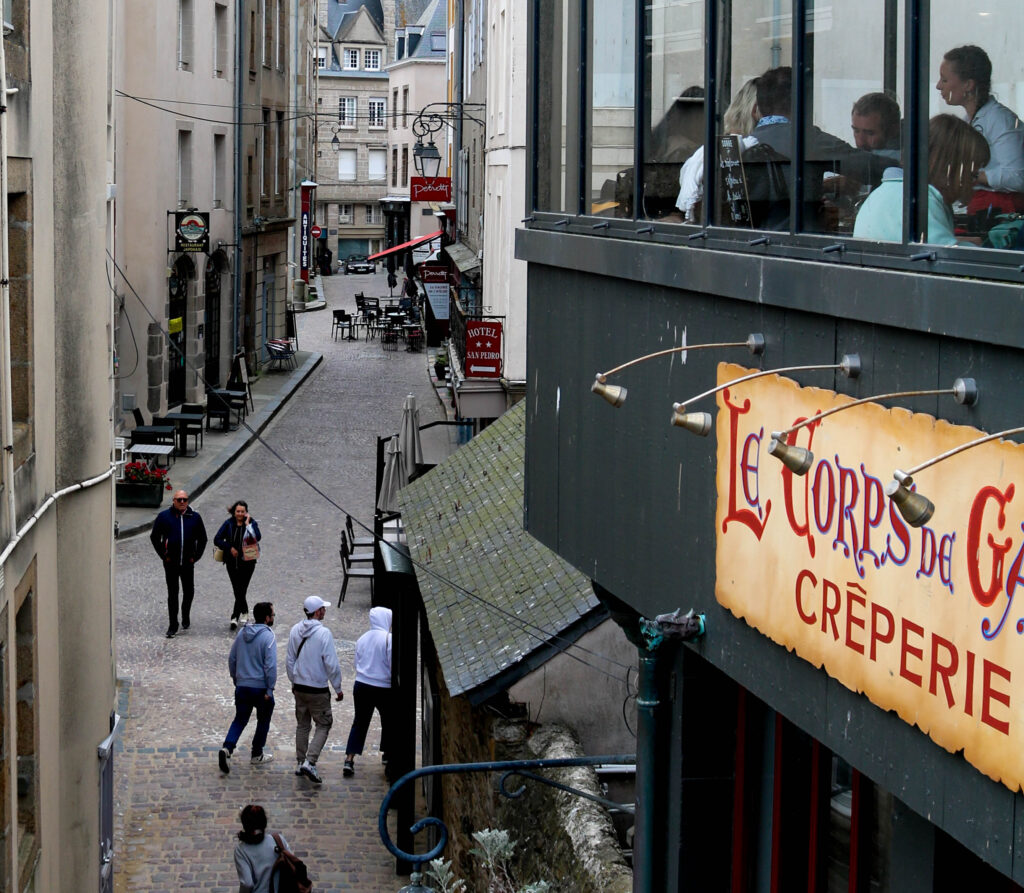Environmental Portraiture
Environmental Portraits depict people in their working environments or environments they are associated with.
They are portraits which are taken in the subjects natural surroundings, such as their home or workplace, that illuminates the subjects life and surroundings.
Arnold Newman
Pioneer of environmental portrait, while also being known for his still life and abstract photography. He is considered as one of the most influential photographers in the 20th century. Newman’s environmental approach to portraiture was greatly influenced by impressionism and symbolism, which attracts the viewer no matter how well we know what the focus is.
Chiaroscuro
Chiaroscuro is a high contrast lighting technique, creating contrast between the subject and a dark background. Chiaroscuro portraits first came about during the 15th century, then continued to develop during the 16th century. The dark subjects were lighted by a small source of light, that illuminated parts of the subject, which overall achieved the contrast between light and dark. To create this effect a single light is used to create the brighter effect on the subject, but also stands out from the contrasting dark background.
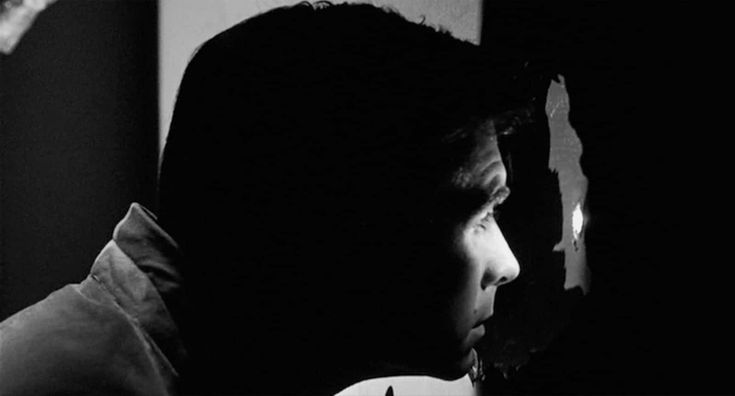
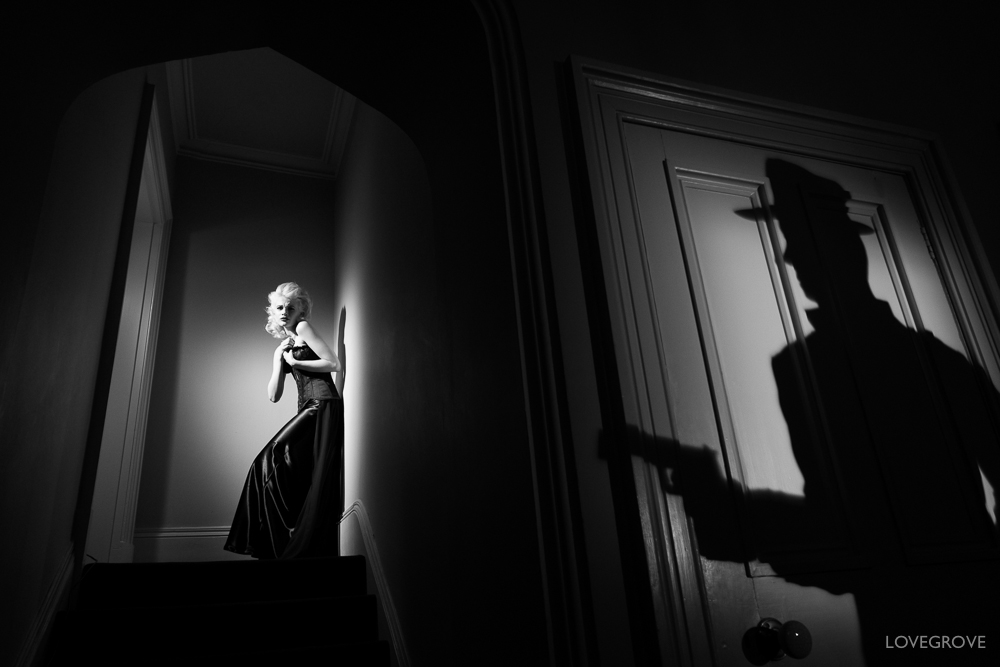
I found this lighting technique interesting as its creates this dramatic effect as you see sharp shadows and silhouettes of people, which are revealed
The New Topographics
Beginning in the 1970s, a group of photographers including Robert Adams, Lewis Baltz and Nickolas Nixon were associated with the 1975 exhibition New Topographic; this was Photographs of man- altered landscapes. The exhibition displayed their work, it showed how they focused on different kind of landscapes rather than those found naturally or at national parks. They showed landscape photography in a new way, focusing on urban landscape areas around America post-war, such as suburban areas like freeways, gas stations, or industrial parks. This was a new reflection to the suburban world around them, as they began to explore different and new ways of capturing landscapes.
Robert Adams:
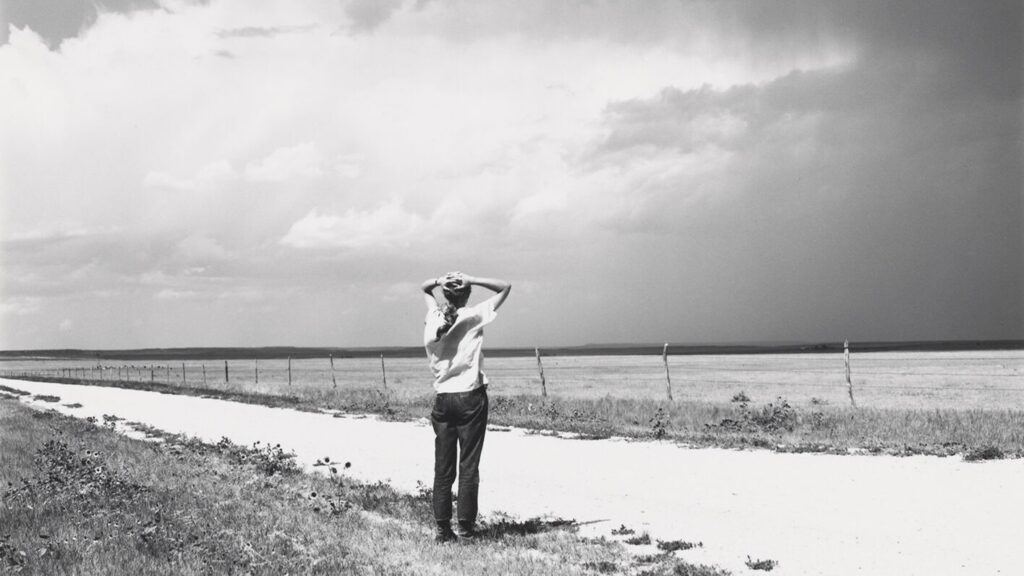
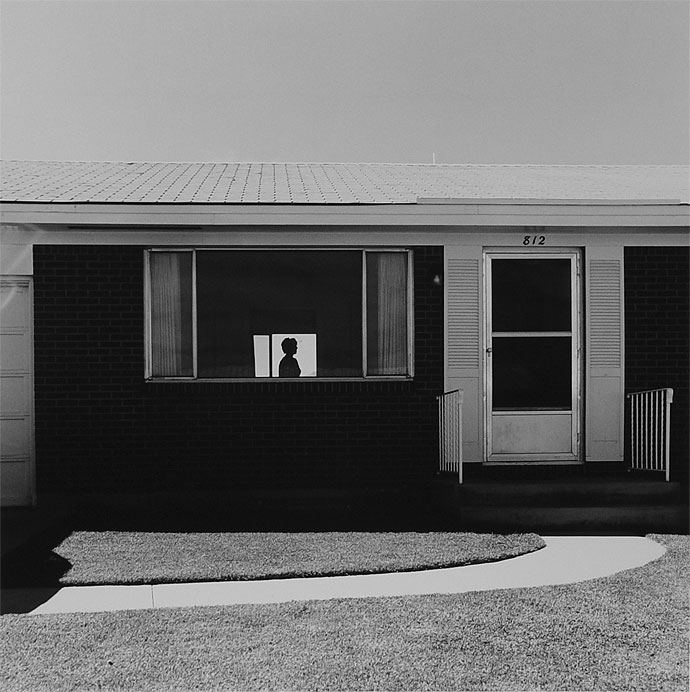
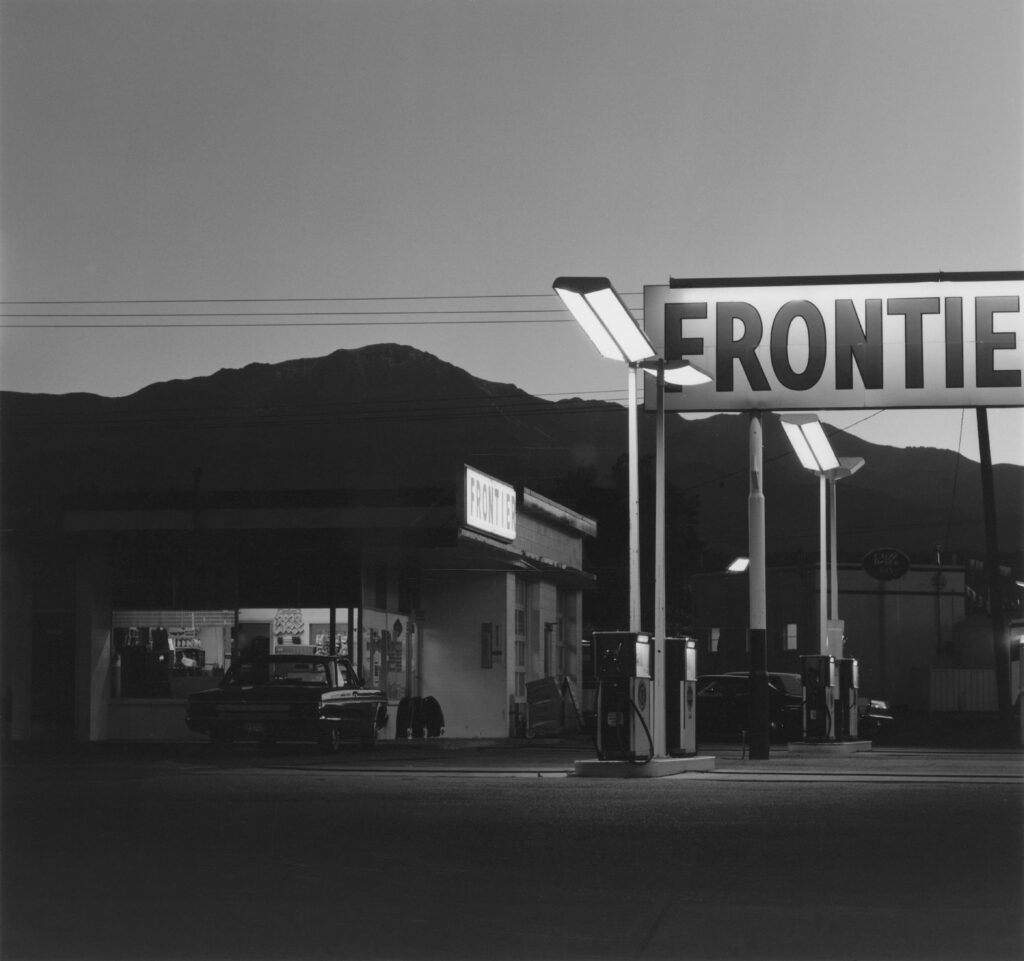

Henri Cartier Bresson & The Decisive Moment
When shooting his photos, he captured people as they were relying on his eye to capture the perfect moment, while staying virtually unseen and in the background enabling him to capture the right candid photo . This became effective, as shooting from the background using a smaller lensed camera meant he was unnoticeable. Capturing the perfect composition of the decisive moment was very important. Henri Cartier Bresson viewed his work as a ‘sensual pleasure’ to see shapes and geometry, as these elements were arranged along with human subjects. When taking his photos, he looked for specific details other than the subject in the perfect moment, such as lines, triangles, squares, shadows, curves and shapes.
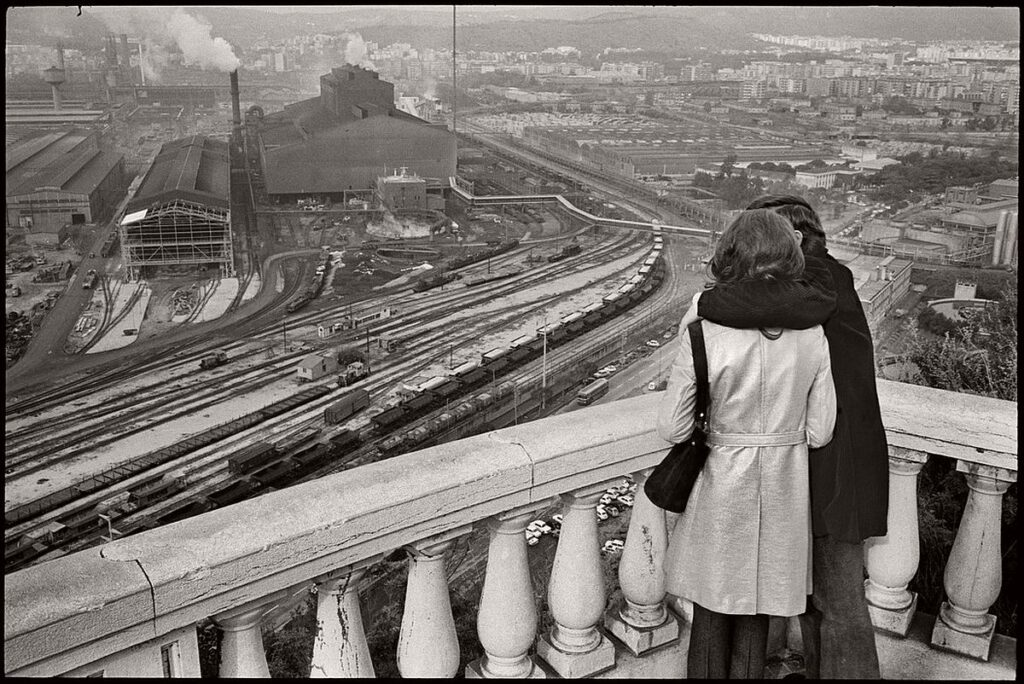

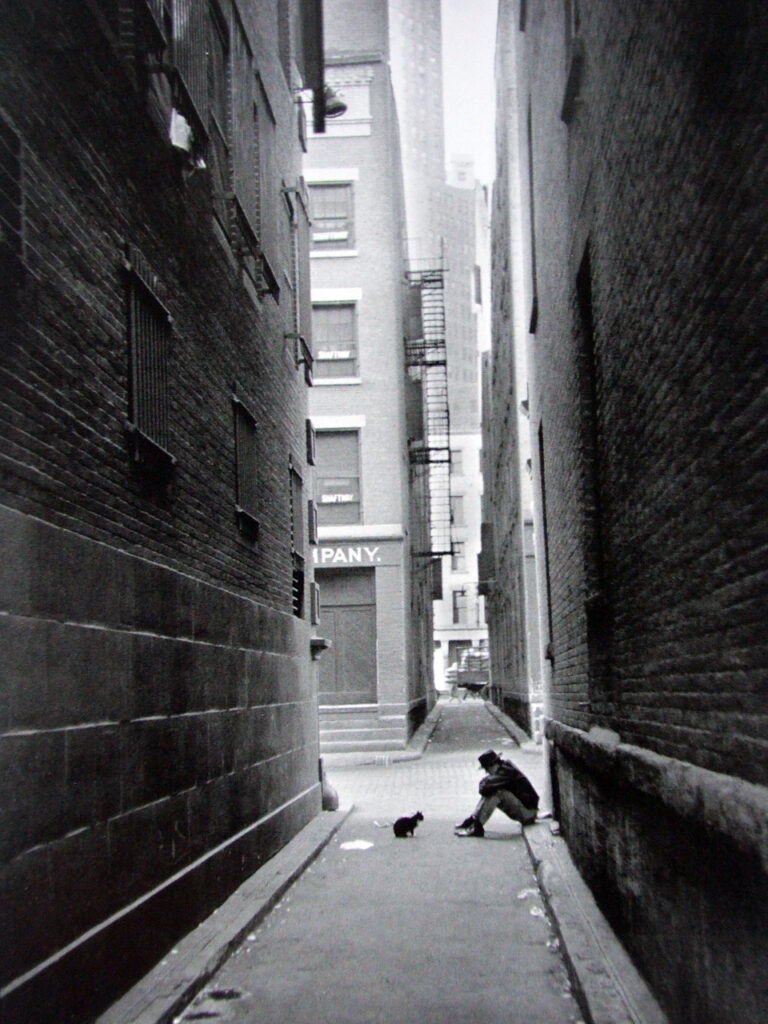
My Response in St Malo:


